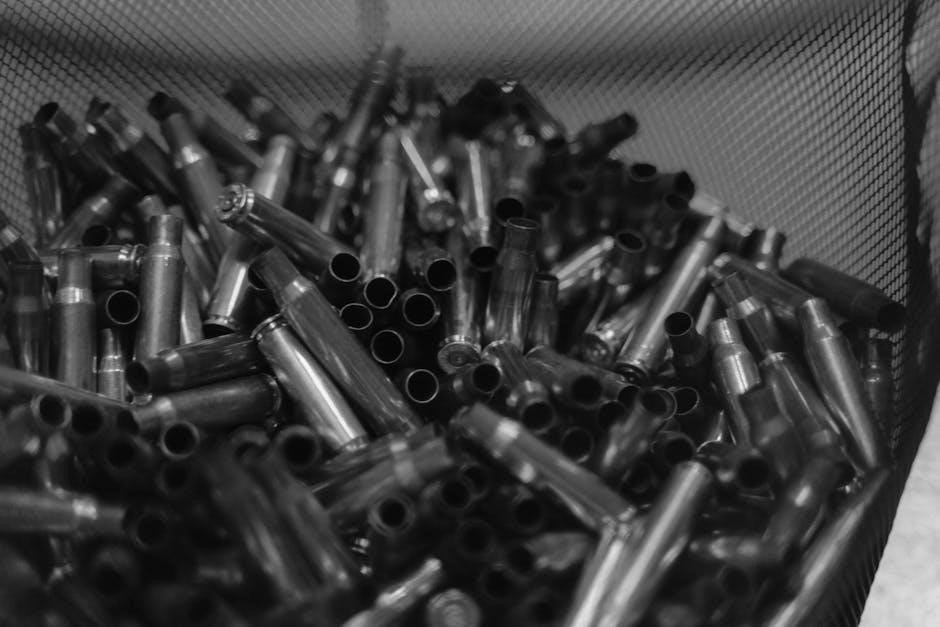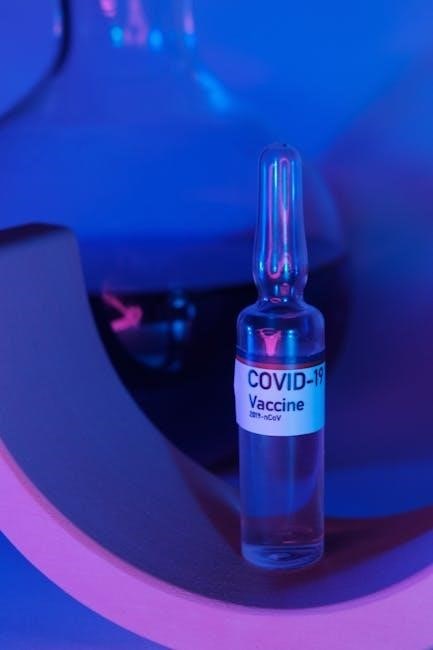Goldilocks and the Three Bears Story PDF: An Overview
Embark on a journey into the enchanting world of “Goldilocks and the Three Bears” with readily available PDF resources. Discover free, printable versions and interactive activities, perfect for engaging young readers and exploring this timeless fairytale.
“Goldilocks and the Three Bears” stands as a cornerstone of children’s literature, a classic fairytale passed down through generations. Originating from England, this story introduces us to a curious little girl and a family of bears living harmoniously in their forest home. The tale begins with the bears preparing porridge for breakfast, setting the stage for Goldilocks’ unexpected arrival.
The narrative unfolds with Goldilocks stumbling upon the bears’ cozy cottage, leading to a series of events involving porridge tasting, chair testing, and bed exploration. The story’s enduring appeal lies in its simplicity, engaging characters, and valuable lessons about respect and boundaries, making it a beloved read for children worldwide. Through accessible PDF versions, this timeless story continues to captivate and educate young minds.

Story Elements and Characters
At the heart of “Goldilocks and the Three Bears” are memorable characters and key elements. The three bears and Goldilocks drive the plot, creating a timeless narrative for children.
The Three Bears: Father, Mother, and Baby Bear
The story features a family of bears, each with distinct characteristics. Father Bear is portrayed as large and powerful, often depicted with a deep voice. Mother Bear is medium-sized, embodying warmth and care. Baby Bear, the smallest, is often the most relatable to young children.
Their home, nestled in the forest, reflects their individual sizes and needs. They each have a bowl, a chair, and a bed perfectly suited to their size. The bears’ routine is disrupted by Goldilocks, who explores their home while they are away on a walk.
Goldilocks: The Curious Visitor
Goldilocks, a young girl with golden hair, is the central human character. She is depicted as curious and adventurous, venturing into the forest alone. Her actions drive the plot as she stumbles upon the bears’ cottage and enters without permission.
Driven by hunger and fatigue, she samples the bears’ porridge, sits in their chairs, and lies in their beds. Her preferences are based on what feels “just right” to her. This exploration leads to her discovery by the returning bears, resulting in her hasty escape back into the forest.

Key Events in the Story
The story unfolds through a series of key events: Goldilocks’ arrival at the bears’ cottage, her sampling of the porridge, her testing of the chairs, and finally, her discovery in the bears’ beds.
The Porridge Tasting Scene
Upon entering the bears’ home, Goldilocks discovers three bowls of porridge, each belonging to a different bear. Driven by hunger, she begins to sample each one, starting with Father Bear’s. “This porridge is too hot!” she exclaims, finding it unpalatable. Next, she tries Mother Bear’s porridge, only to declare, “This porridge is too cold!” Dissatisfied with the first two options, Goldilocks finally tastes Baby Bear’s porridge. To her delight, she finds it “just right!” and happily devours the entire bowl. This pivotal scene highlights Goldilocks’ discerning palate and sets the stage for her continued exploration of the bears’ possessions. It also introduces the concept of size and preference in a way that is easily understandable for young children.
The Chair Testing Scene
Following her porridge tasting adventure, Goldilocks ventures into the living room, where she encounters three chairs. Just as with the porridge, she decides to try each chair to find one that suits her. First, she sits in Father Bear’s chair, but finds it too hard and uncomfortable. Next, she attempts to sit in Mother Bear’s chair, but it proves to be too soft and yielding. Finally, she settles into Baby Bear’s chair, which she deems “just right!” However, her joy is short-lived, as the small chair breaks under her weight. This scene emphasizes the consequences of Goldilocks’ actions and introduces the idea of respecting other people’s belongings, even when they seem inviting.
The Bed Testing Scene
After her chair-related mishap, Goldilocks, feeling tired, wanders upstairs to the bedroom, where she discovers three beds. Continuing her pattern, she tries each bed in search of the perfect fit. Father Bear’s bed is too hard for her liking, while Mother Bear’s bed is too soft and lumpy. Finally, she tries Baby Bear’s bed, which she finds to be “just right!” Overjoyed, she snuggles into the cozy bed and quickly falls asleep. This scene highlights Goldilocks’ persistent search for comfort and her disregard for the bears’ personal space. It sets the stage for the dramatic climax when the bears return and discover the intruder in their home.

Thematic Analysis and Educational Value
Explore the underlying messages in “Goldilocks,” focusing on themes of respect, boundaries, and consequences. This analysis uncovers the story’s educational value, teaching children important life lessons through a captivating narrative.
Lessons on Respect and Boundaries
“Goldilocks and the Three Bears” offers invaluable lessons on respecting others’ property and understanding personal boundaries. Goldilocks’ actions, such as entering the bears’ home without permission and using their belongings, exemplify a lack of respect. The story provides a clear illustration of how disregarding boundaries can lead to negative consequences.
Children learn to consider the feelings and rights of others, understanding that everyone deserves to have their personal space and possessions respected. This classic tale serves as a gentle reminder that entering someone’s home or using their items without permission is inappropriate. “Goldilocks” encourages empathy and consideration for others, fostering responsible behavior and respect for boundaries in young children.

Available PDF Resources and Downloads
Explore a variety of “Goldilocks and the Three Bears” PDF resources for download. Find printable versions of the story, interactive activities, and educational materials to enhance your reading experience.
Free Printable Versions
Delve into the classic tale of Goldilocks with our collection of free printable PDF versions. These resources offer a convenient and accessible way to enjoy the story, whether at home or in the classroom. Find versions with illustrations, simplified text for younger readers, and even black-and-white options for coloring fun.
These printable versions are perfect for encouraging reading comprehension and vocabulary development. You can easily print and distribute them, making them ideal for teachers and parents alike. Furthermore, they provide an excellent opportunity to engage children with a beloved story in a traditional format.
Enjoy the tale of Goldilocks anytime, anywhere!
Interactive PDF Activities
Enhance your child’s learning experience with engaging interactive PDF activities based on the Goldilocks story. These PDFs go beyond simple reading, offering a range of activities such as matching games, sequencing exercises, and comprehension quizzes. These interactive elements promote critical thinking and problem-solving skills in a fun and stimulating way.
These activities are perfect for reinforcing key story elements and vocabulary. Children can actively participate in the narrative, making the learning process more enjoyable and memorable. Furthermore, these interactive PDFs are easily accessible on tablets and computers, making them a versatile tool for both home and classroom use.
Get ready for fun!

























